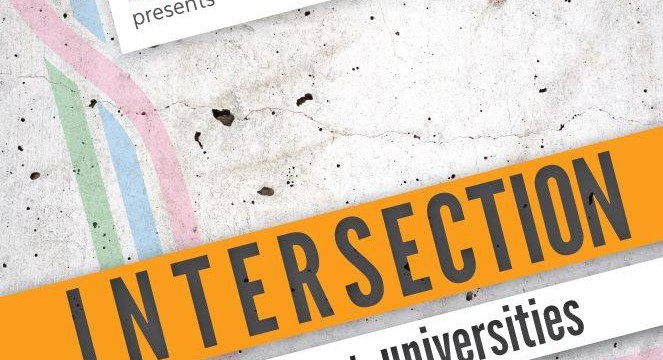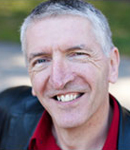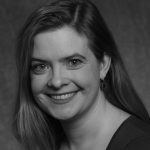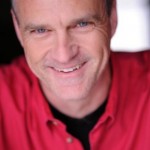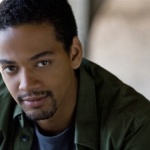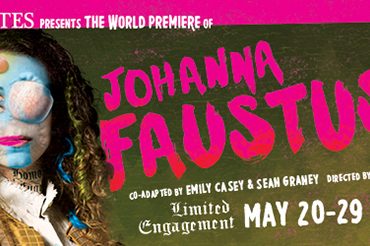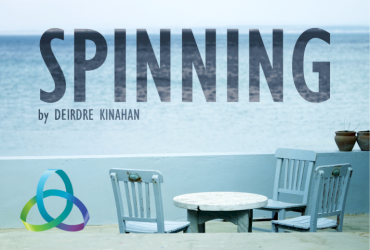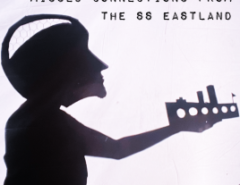The Network of Ensemble Theatres‘ 2016 national symposium, “Intersection: Ensembles + Universities,” presented in partnership with Columbia College Chicago and the League of Chicago Theatres, was held May 20-22 at various locations on Columbia College Chicago’s campus in Chicago’s South Loop as well as other venues in downtown Chicago. The symposium was livestreamed on the global, commons-based peer-produced HowlRound TV network. To follow the livestream and to see archival videos of symposium sessions, click here.
Columbia College Chicago Theatre Department faculty members participating in the conference included John Green, the Allen and Lynn Turner Theatre Chair; Jeff Ginsberg, coordinator of the Theatre Department’s Acting with International Performance Study BFA program; Anne Libera, coordinator of the Theatre Department’s Comedy Writing and Performance Bachelor of Arts program; professor Brian Shaw (BA ’86) and adjunct faculty member Curtis Jackson (BA ’08), both Theatre Department graduates; and adjunct faculty members Thom Pasculli and Kristina Fluty.

Isaiah Robinson, Tonika Todorova, and Jeff Ginsberg make a presentation at the Network of Ensemble Theatres’ 2016 national symposium “Intersection: Ensembles + Universities” May 21, 2016, at the Columbia College Chicago Theatre Department.
Other Theatre Department alumni participating in the symposium included Tonika Todorova and Isaiah Robinson, artistic director and musical director respectively of the Chicago-based Silent Theatre, who joined with Jeff Ginsberg and Curtis Jackson on a presentation titled “Can We, Without Speaking, Speak to Everyone?” Their talk chronicled the process by which Columbia College theatre students and alumni worked with faculty members to create an ensemble devoted to devising physical theatre performance inspired by the silent-cinema aesthetic.
The symposium’s programming was curated for viewing through six core thematic lenses: 1) art + university + community; 2) navigating the academy/industry relationship; 3) movement + physical theater approaches; 4) cultural pluralism, equity, diversity, and inclusion; 5) technology + innovation; and 6) place.With growing interest in ensemble scholarship and pedagogy, and an increase in ensemble artists entering academia, today’s “next generation” artists benefit from earlier, more visible, and more frequent access and exposure to ensemble-based training. These opportunities are now offered through numerous universities, colleges, and community youth organizations (as well as directly through professional ensemble companies themselves). The symposium was part of a series of NET events that explore and develop connections between professional ensembles and colleges, universities, and training programs.

